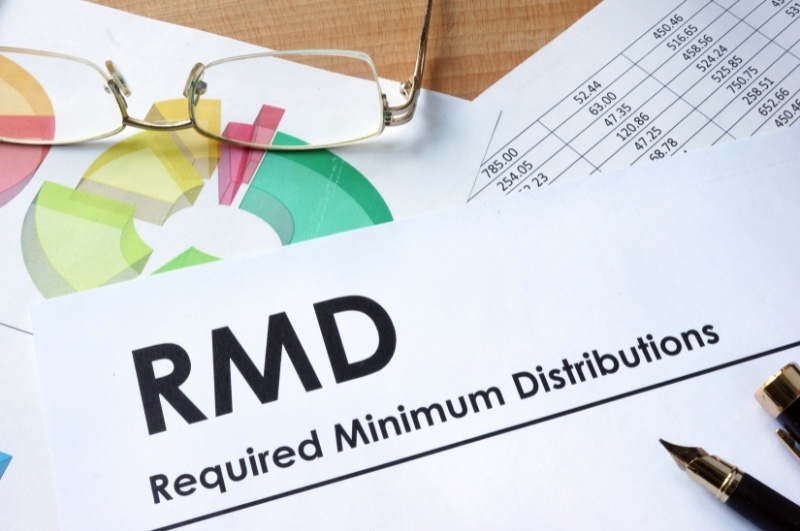The Rule of 100 uses your age as a baseline in the calculation to appropriately allocate assets. The calculation begins with the number 100. Subtracting your age from 100 provides an immediate snapshot of what percentage of your retirement assets should be in the market (Red Money) and what percentage of your retirement assets should be in safer money (Green Money) alternatives. Adjustments are then applied through a detailed risk analysis to ensure your recommendation is based on your unique tolerance to risk. This strategy may reduce your exposure to undesirable market risk and the volatile market swings that most people experienced in 2008.

Rule of 100 Hypothetical Report: A 65 year old client has $100,000 saved for retirement. To apply the Rule of 100, start with 100 and subtract 65 to leave a remaining value of 35. In this report, the client should have no more than 35%, or $35,000, of his or her assets at risk in stocks or equities. This leaves 65%, or $65,000, of his or her assets to be allocated to safer money alternatives. (i.e., savings accounts, CDs, government securities, fixed annuities, or fixed indexed annuities). In addition to the initial Rule of 100 calculation, our analysis then applies your risk tolerance which can be found by using your age and your unique financial status as variables to make value adjustments.

Let us presume that the client within this report had 100% of their assets invested in the stock market. If the market declined 40%, a significant portion of their nest egg would have experienced a loss. It will take a 66.6% return on investments to regain their original principal. Applying the Rule of 100 to asset allocation could have dramatically reduced the client’s portfolio losses.
Don’t overlook your risk exposure within your asset allocation. Asset allocation is a critical component to your overall financial plan and can have a dramatic impact on your retirement future.








